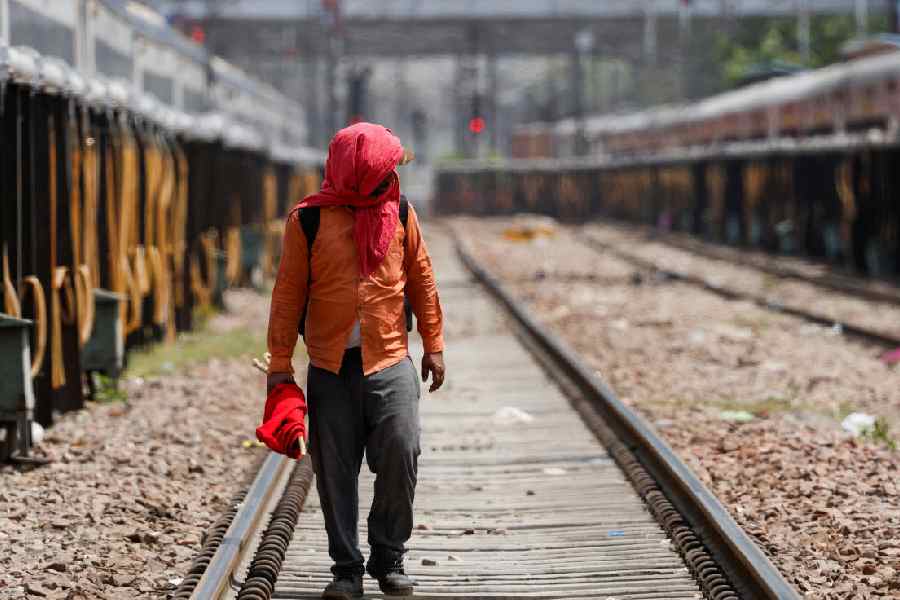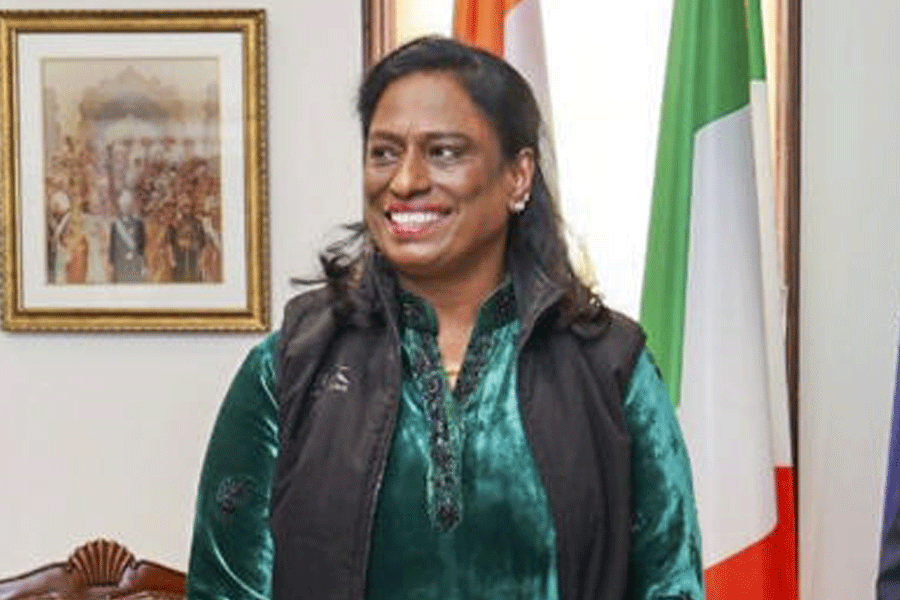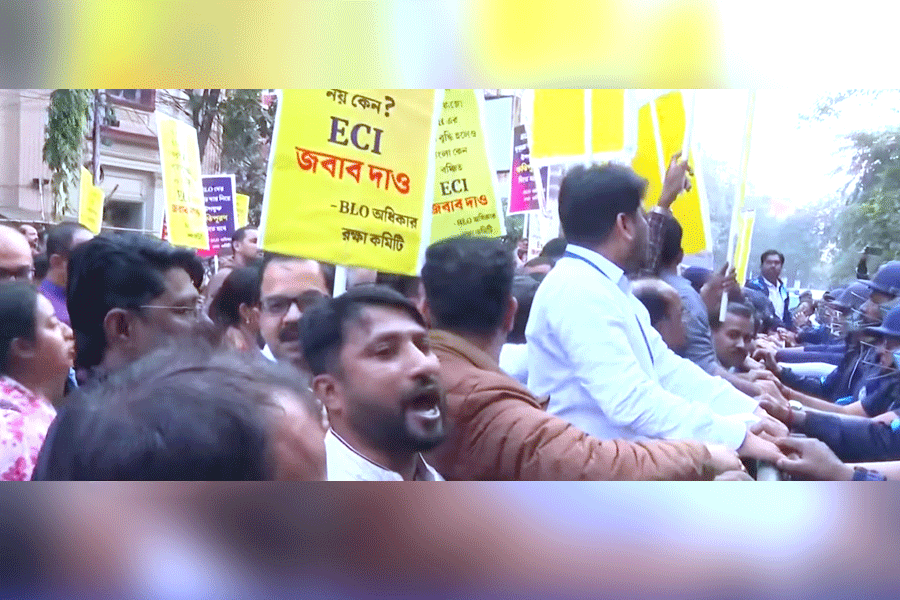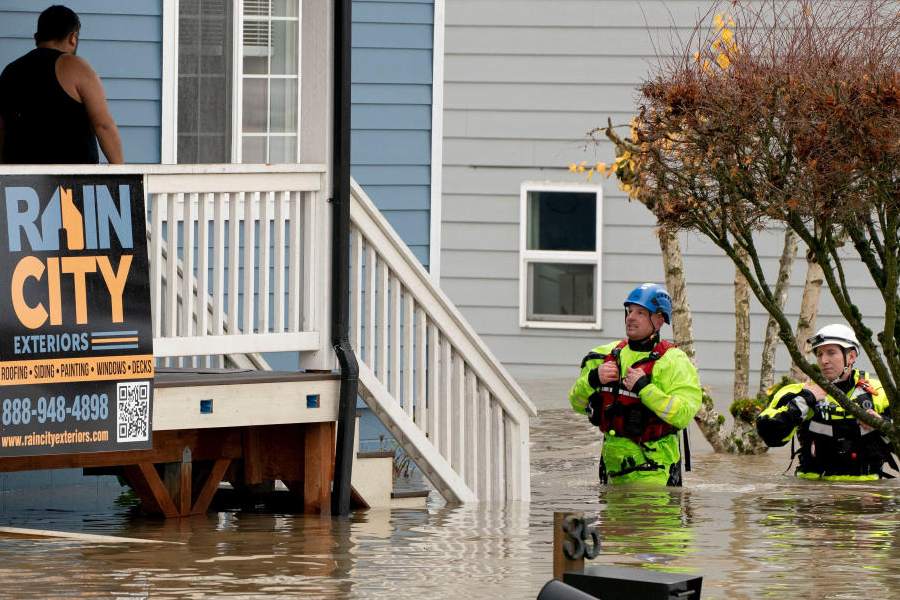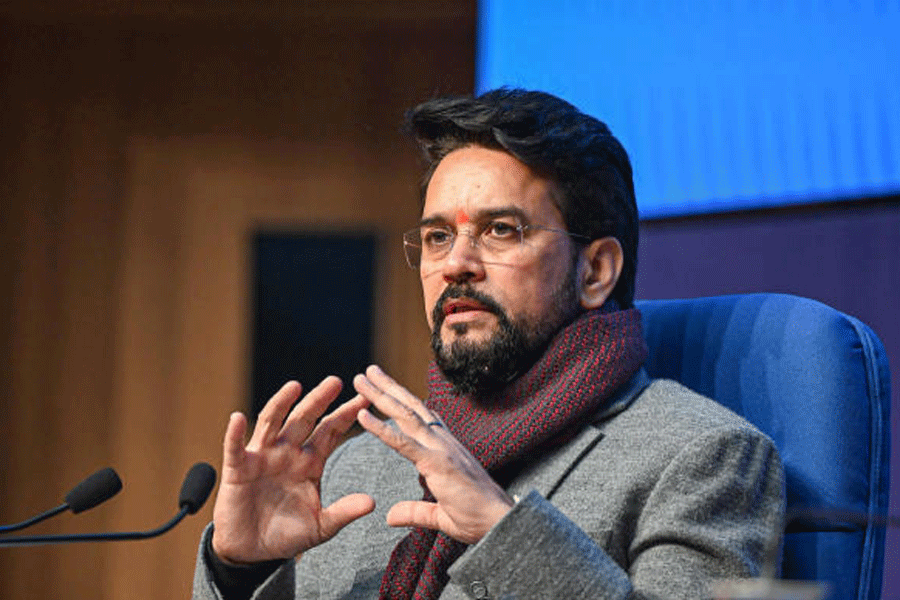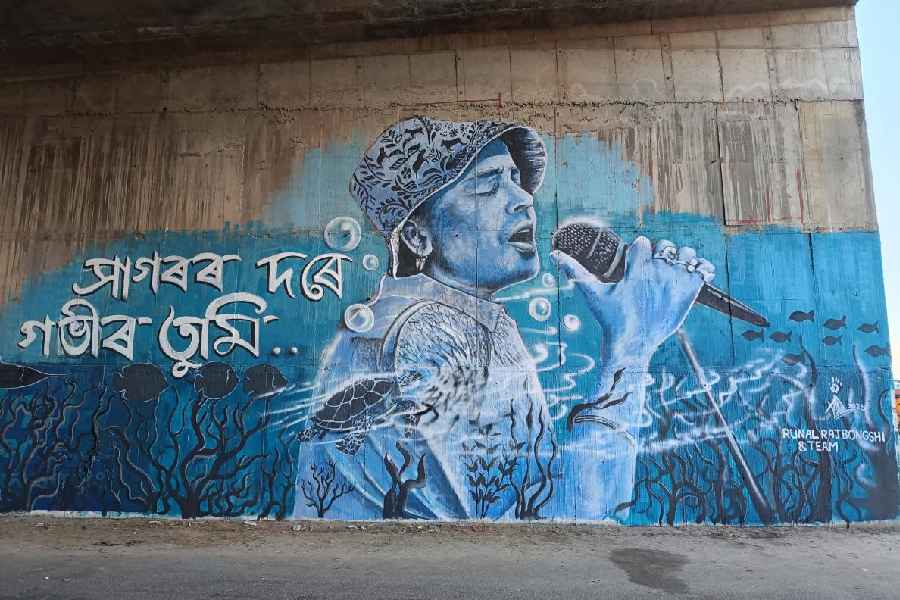People belonging to the Scheduled Castes, Scheduled Tribes and the Other Backward Classes face much higher levels of work-time heat exposure than other people, researchers have said, flagging what they have described as “thermal injustice” linked to caste inequities.
Their study, the first nationwide attempt to quantify how caste-based occupational segregation impacts heat exposure, has found that average daily exposures to a key heat threshold are higher among SC, ST and OBC workers.
“Our findings point to another dimension of caste-based inequity,” said Arpit Shah, the study’s lead author and assistant professor at the Indian Institute of Management (IIM), Bangalore, who specialises in climate policy. “Policies to address heat stress must take into account how caste drives unequal exposure to heat.”
Shah and his colleagues combined data from India’s Periodic Labour Force Survey (PFLS) — conducted by the Union statistics and programme implementation ministry — with weather data to assess workers’ exposure to heat during the April-June period in 2019 and 2022.
They have found significantly higher heat exposure levels in SC, ST and OBC workers than in general-caste workers. For instance, general-caste workers spent on average 28 per cent of their working hours outdoors while ST workers spent 43-49 per cent outdoors.
In at least 65 dis tricts across the country in both 2019 and 2022, some 75 per cent of SC and ST workers spent 75 per cent of their working hours outdoors. The number of districts where general-caste workers also spent 75 per cent of their working hours outdoors was only 22.
These associations between caste, occupation and heat stress “are best described as thermal injustice” which, in India, is “rooted in caste injustice”, Shah and his co-authors have said in their research paper. The co-authors are Deepak Malghan and Anish Sugathan from IIM Ahmedabad, Vimal Mishra from the Indian Institute of Technology, Gandhinagar, and Sneha Thapliyal from the National Law School, Bangalore.
While the abolition of the caste system in 1948 and the introduction of caste-based reservations in education and jobs were expected to reduce occupational segregation on caste lines, studies in recent years have suggested that the influence of caste on the workforce market has persisted.
Marginalised caste groups in India continue to dominate occupations that demand outdoor physical labour such as agriculture, construction, mining, road-building or municipal work, and which come with an enhanced risk of exposure to extreme heat and related illnesses, including life-threatening heat strokes.
Surveillance data compiled by the National Centre for Disease Control until mid-June this year had estimated at least 40,000 cases of heat-related illnesses, including at least 110 deaths, across the country since March during widespread heatwaves, marked by temperatures rising up to 48°C.
Environmental and health experts say the figures suggest that large sections of the population are unable to protect themselves from exposure to extreme heat.
The researchers have also underscored the possible differences in access to fans, air coolers or air-conditioners across population groups that might impact heat exposure at night-time.
Marginalised caste groups have lower access to fans, air-conditioners, and coolers compared with general-caste households, the Union ministry’s National Family Health Survey 2019-21 had found.

